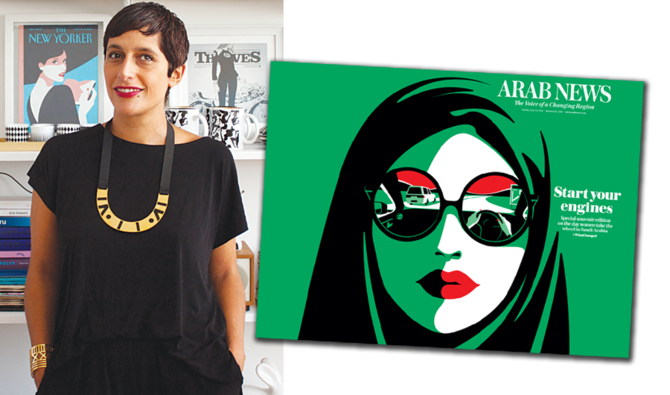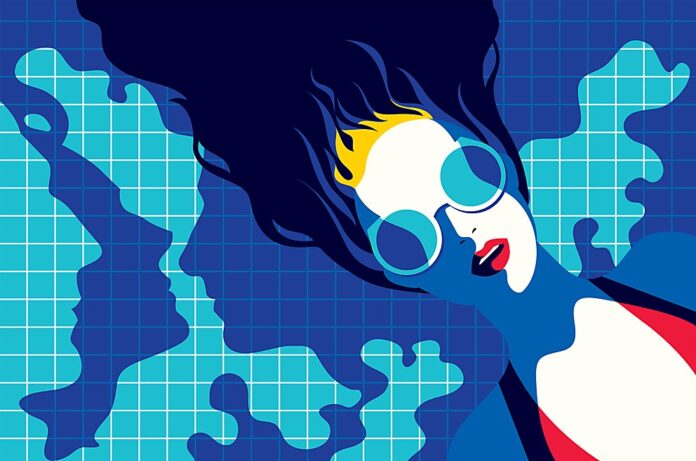Art has the power to revolutionize the world, even on a small scale. Socially engaged art is an important tool for reform in the social and political spheres.
Socially engaged art can generate outrage and stimulate social change if channeled in the right direction. He is able to change narratives by initiating important conversations and discussions through the message he conveys.
History and art go hand in hand. For centuries, art has been used to create change and spread political and social messages. Art activism has often played important roles in social changes and political leanings. For example, the feminist art movement played an important role in fighting for women’s rights.
Most of today’s well-known artists and creators use their art for social change. Through their expressive abilities, artists can challenge conventional myths, alter images, and evoke emotion in ways traditional political approaches rarely can.
Role of artists in present times

A great example of socially engaged art would be Malika Favre, a French illustrator and graphic artist based in Barcelona. Her identity-focused artworks mainly reflect the themes of women’s empowerment. They are characterized based on her bold, strong, sensual, and independent expression of femininity. The artist is sure that a strong narration is essential to a good illustration. Her work is not only stunning visuals but also a bright position on various social issues. Communities of artists are turning into platforms for open discussions on social and political topics.
Malika Favre`s bold, minimal style – often described as Pop Art meets OpArt – is a striking lesson in the use of positive/negative space and color. Her identity-focused artworks always spring from a strong narrative core and are intended to provoke the imagination – with a bit of humor, a touch of sexiness, and a re-imagination of the ordinary.
She has created iconic covers for “The New Yorker” magazine, with animations that have gone viral online. For the illustration, called “Start Your Engines,” Favre began with the idea of “something quite subtle, not aggressive, something celebratory,” coming up with an image of a “beautiful, Arabic woman” that tells a story within a story. Malika Favre is now called the artist who put Saudi women in the driver’s seat.

























